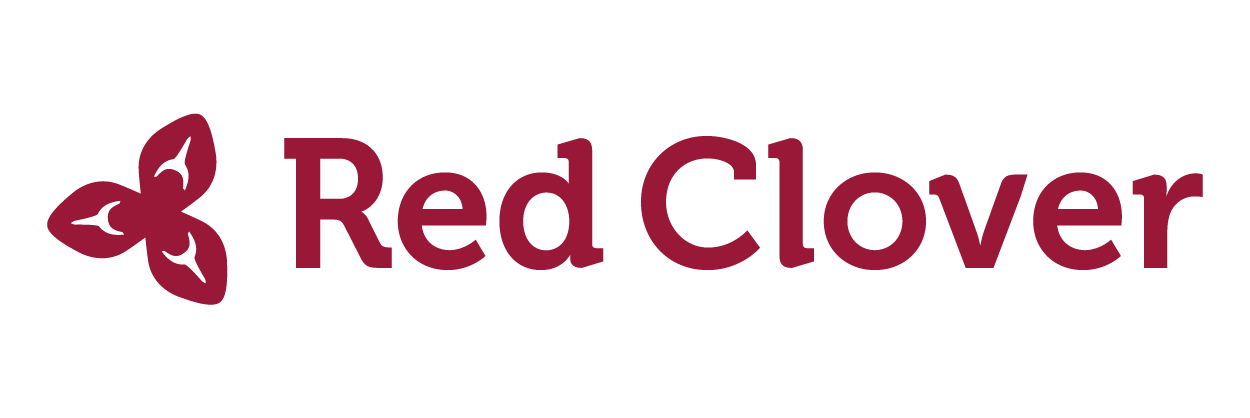Visiting Unist'ot'en Healing Lodge
On January 7th, 2019 I drove a truck load of supplies up from Vancouver to Houston BC. The supplies were donated by generous folks from my church and community. We knew that RCMP had moved in to the hotels in the area and were probably getting ready to enforce the injunction about allowing the gas company access to do some survey work in preparation for a pipeline that is proposed to go through this area. What we did not know is that we would arrive on the very day that the RCMP in body armour and military grade gear would breach a peaceful barricade in the sovereign territory of the Wet’suwet’en peoples.
I have been to this area before a few years ago when a group of kids from my church who had been a part of learning and telling the story of the Unist’ot’en Healing Lodge had asked to go to see the place themselves. A group of about 20 of us went for a long weekend to volunteer our labour, to be on the land and to learn more about this place and the work they were doing. What we learned was that this community exists for and is committed to the healing and wholeness of all people. We helped to raise the walls on a healing centre, the vision for which was a place where families could come and live on the land, where there would be counsellors and elders and support people who could assist in the healing journey for those who needed and wanted this support. That vision has since come to fruition. We also helped build a traditional pit house and tended gardens. They are built in the direct path of a proposed pipeline. The community has not given consent to these pipelines crossing their territory and are resisting this development through peaceful resistance, an assertion of their sovereignty and an investment in the flourishing of their community (homes and gardens). There is legal precedence for this resistance and sovereignty in the Delgamuukw Decision of 1997.
Supplies were being requested as there was an anticipation that contact with the outside might be limited in the coming days dependant upon the action that the RCMP would take. As we drove we tried to keep track of the developments of the day that have now come out in the news (one of the best articles can be found here in the New York Times). We arrived in the small town of Houston, the nearest town to the camp. By the time we arrived the RCMP were not allowing anyone to come down the road where the camp or the checkpoints were. I grabbed a hotdog at the local 7-11 and felt like I was in El Salvador or some military state as there were 20 RCMP personnel in the store all in body armour, many with guns on their persons. For a small town this was quite a show of force. Helicopters and military grade boats and other tactical equipment were in town or later I saw these vehicles lining the logging access road into the camp. In fact for many weeks no one except Wet’suwet’en elders were allowed into the camp. People were allowed to leave but not to return if they left. This meant not being able to come out and buy food to bring back in to the community.
When we arrived at a home in Houston where some who had been engaged in the blockade earlier in the day people helped us unload food from the truck. As we unpacked tears were shed, “This isn’t just food, this is food that can heal” one woman said as she wept. The trauma of the day was fresh and she was unsure of what support they had in the actions they had taken. No one knew what would become of those who had been arrested. No one knew what the coming days would hold.
And, in fact, the coming days would not hold much in the way of good news. Coastal Gas Link was given access to the territory for their “survey work” which included the destruction of property including culturally and spiritually significant items. It included the destruction of trap lines and the endangerment of burial sites. In fact as this is being written Coastal Gas Link has ceased work because of artifacts being found.
Much talk has been about whether permission was granted for the pipeline and the difference between hereditary and elected leadership (a breakdown of those differences can be found here). The bottom line is that we are in a changing times and what has been seen as adequate consultation may no longer be. One of the changes impacting that difference is the adoption of the UN Declaration on the Rights of Indigenous Peoples and the Prime Minister’s statement that the relationship with Indigenous Peoples in Canada needs to be re-set. This would indicate a change in the pattern of decision making. In one moment there is talk about this change. In the next it is business as usual.
When folks were unpacking the food that was brought up they asked who had sent it. I mentioned that a church was among those who had gathered supplies. “A church?” came the incredulous response. “Why?” Because we believe in healing, and justice. Even when we don’t know exactly how those will come, how do we side with the people of peace in the land?
